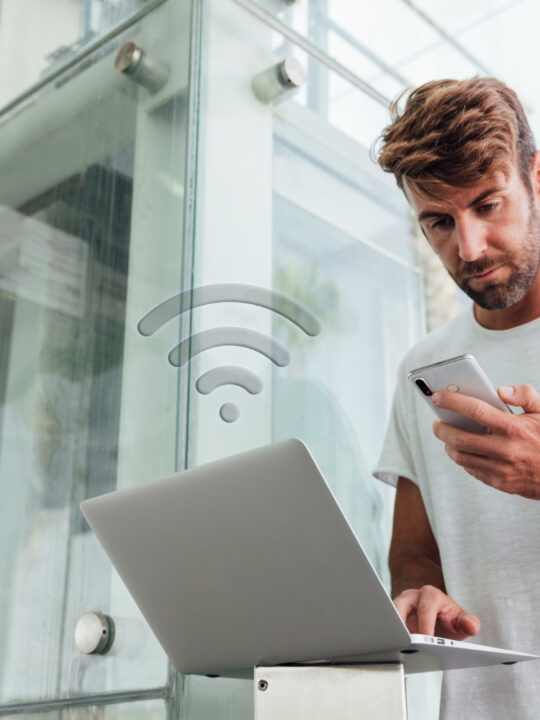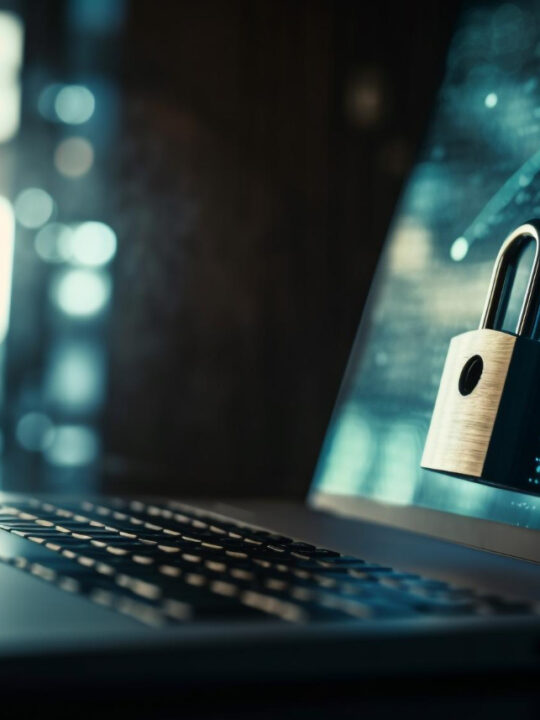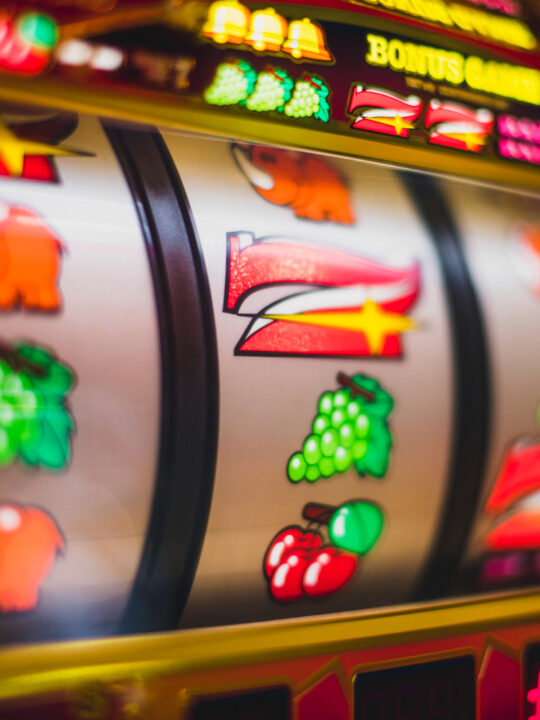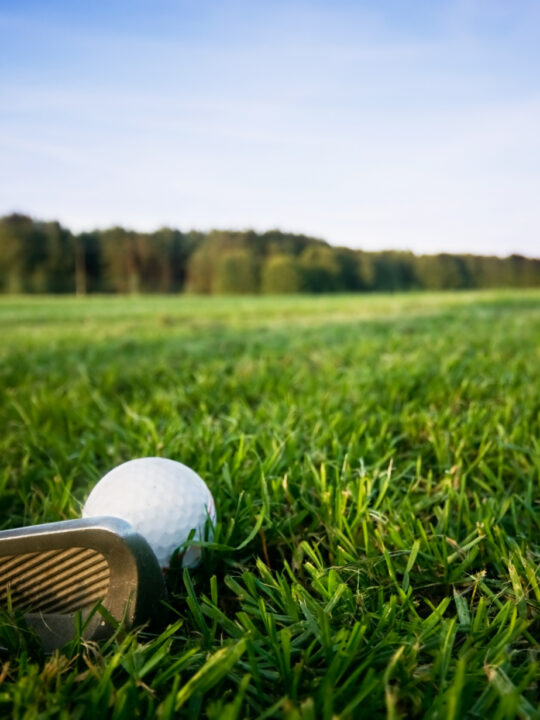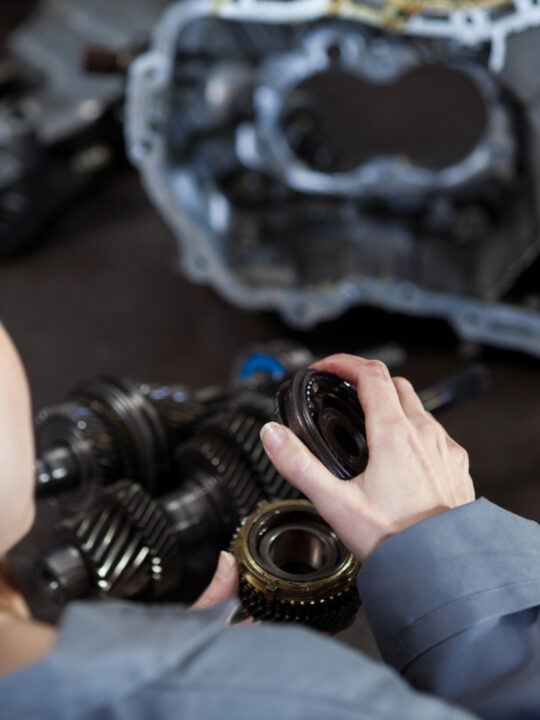 The average American spends about 20 minutes a day on household maintenance, repair, and lawn care. That doesn’t even include the time spent on indoor cleaning, laundry, and food prep.
The average American spends about 20 minutes a day on household maintenance, repair, and lawn care. That doesn’t even include the time spent on indoor cleaning, laundry, and food prep.
There are 24 hours in a day. When you add up the time we spend sleeping and working, there are only a few precious hours left.
Table of Contents
- 1 Do you really want to spend your leisure time cleaning?
- 2 What Is a Battery Powered Pressure Washer?
- 3 How to Set Up a Battery Powered Pressure Water Cleaner
- 4 1. Wash Your Vehicles or Boat
- 5 2. Clean Sports Equipment
- 6 3. Clean a Shower Stall
- 7 4. Clean Muddy Garden Tools
- 8 5. Flush Out Your Gutters
- 9 Start Cleaning Smarter Today
Do you really want to spend your leisure time cleaning?
Enter the battery powered pressure water cleaner. This handy appliance saves you time by making cleaning a breeze.
Read on to learn how to use a battery powered pressure washer and the 5 tasks you can accomplish with one.
What Is a Battery Powered Pressure Washer?
A battery powered water pressure cleaner can also be called a cordless pressure washer. They are portable units with light to medium spraying power. They’re lightweight and great for cleaning.
Most battery powered models use a rechargeable lithium-ion battery. They don’t require an electrical outlet or gas to work. One battery charge generally lasts for about 20-40 minutes, depending on the cleaning task and the model you choose.
The spraying power or PSI (pounds per square inch) of a battery powered washer can range from 300 PSI to 1300 PSI. Finding the best battery powered pressure washer for your needs depends on the tasks you’ll be using it for. For example, you’ll want a low PSI for indoor shower cleaning and a higher PSI for cleaning gutters.
Some cordless models use a bucket for a water source. You won’t have to hook up to a hose so you’ll be able to use your pressure washer away from your house.
Battery powered pressure washers are portable because they don’t need electrical cords or water hoses to work. It’s an all-in-one system. That means you can use it wherever you need to wash something.
How to Set Up a Battery Powered Pressure Water Cleaner
First, you’ll need to charge the lithium battery in the charging station.
Next you’ll need to choose a spray tip. The spray tip you choose will depend on what you’re cleaning.
Many power washers come with separate nozzles: 0 degrees, 15 degrees, 25 degrees, 40 degrees, low-pressure, and soap nozzles. The higher the degree, the wider the water spray will be.
The lower degree nozzles are best for fine, detail cleaning. The higher degree nozzles are great for general cleaning.
A 0 degree nozzle is dangerous because it releases a thin line of water at very high pressure. It can cause damage and injury, so it’s actually safest not to use it.
Then, fill up the bucket with water (and soap if applicable) or connect the hose. Test the sprayer on a small area first to prevent damage. Choose a different nozzle if the pressure’s not right.
1. Wash Your Vehicles or Boat
A battery powered pressure washer is great for cleaning your vehicle, RV, or boat. Plus, it will use less water than a garden hose.
Battery powered washers have lower PSI ratings than electric models so you won’t have to worry as much about damaging the finish.
First, use the 40-degree nozzle to rinse your vehicle or boat with water. Use broad strokes and hold the wand at least 3 feet away from the surface.
Then, if your washer has a soap reservoir you can add soap that’s formulated for pressure washers. Use the soap nozzle to apply the soap. Rinse off the soap using the 40 degree or low-pressure nozzle.
2. Clean Sports Equipment
Bicycles, golf clubs and balls, and baseball bats can be tough to clean. If they’re covered in dried mud, it can be even more difficult.
To wash sports equipment, it’s best to use plain water. Power washers with low pressure like 300 PSI are ideal for this task. They’ll remove the dirt without damaging anything.
You can try the 15, 25, or 40-degree nozzle. Just be sure to hold the wand several feet away from the equipment and use broad strokes. Holding a pressure washer too close can chip paint and dent your equipment.
3. Clean a Shower Stall
Battery powered power washers are also helpful for cleaning a shower. They’re great for large tiled showers.
First, spray a multi-purpose cleaner or soap on the shower walls (and ceiling if it’s tiled). Let it sit for a few minutes. Then use a 25 or 40-degree nozzle to remove the cleaner, soap scum, and dirt.
Since the water mist will contain the cleaning chemicals, it’s important to wear eye and mouth protection.
You can use cordless power washers in the house because they’re battery powered. But you have to use gas power washers outside because of the carbon monoxide risk. They’re also less powerful than traditional pressure washers which makes them safer for indoor use.
4. Clean Muddy Garden Tools
Garden shovels, rakes, and trowels can be less effective when they’re muddy. Rather than using a garden hose, you can use a battery powered pressure washer to clean them.
Plus, a pressure washer cleans faster and uses less water than a garden hose.
Set the tools on your driveway or a cement patio. Laying them in the grass can make your yard muddy.
Use a 25 or 40-degree nozzle and plain water. Use broad strokes to wash the mud off of your tools. Then rinse off your driveway.
5. Flush Out Your Gutters
Most homeowners dread cleaning the gutters. It’s a messy task that can be dangerous since you have to climb up on a ladder.
The pressure washer stream can reach farther than your arm can, so you won’t have to move the ladder as often.
If you use a battery powered washer that has a bucket, you can carry the unit up the ladder with you. You won’t have to worry about the power cord or a garden hose.
Wear eye protection and start with a 40-degree nozzle. It’s safest to start with a lower pressure nozzle. If the pressure is too strong, debris may fly out of the gutter and hurt you. If it’s not enough pressure, you can switch to a 25 or 15-degree nozzle.
Start Cleaning Smarter Today
A battery powered pressure water cleaner can save you a ton of cleaning time. Gone are the days of scrubbing things by hand with a brush and a bucket of soapy water.
Simply charge up the batteries, connect a hose or fill a bucket, and start cleaning. What used to take hours, takes minutes with a cordless power washer.
For more advice on home maintenance, check out our articles on DIY and home improvement.
